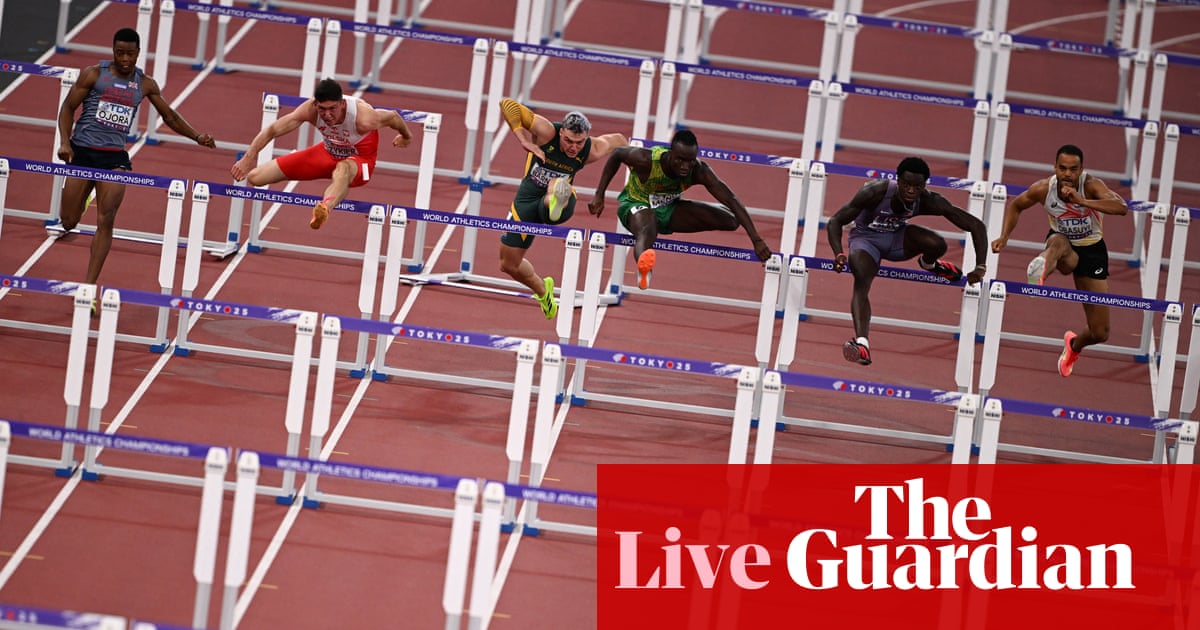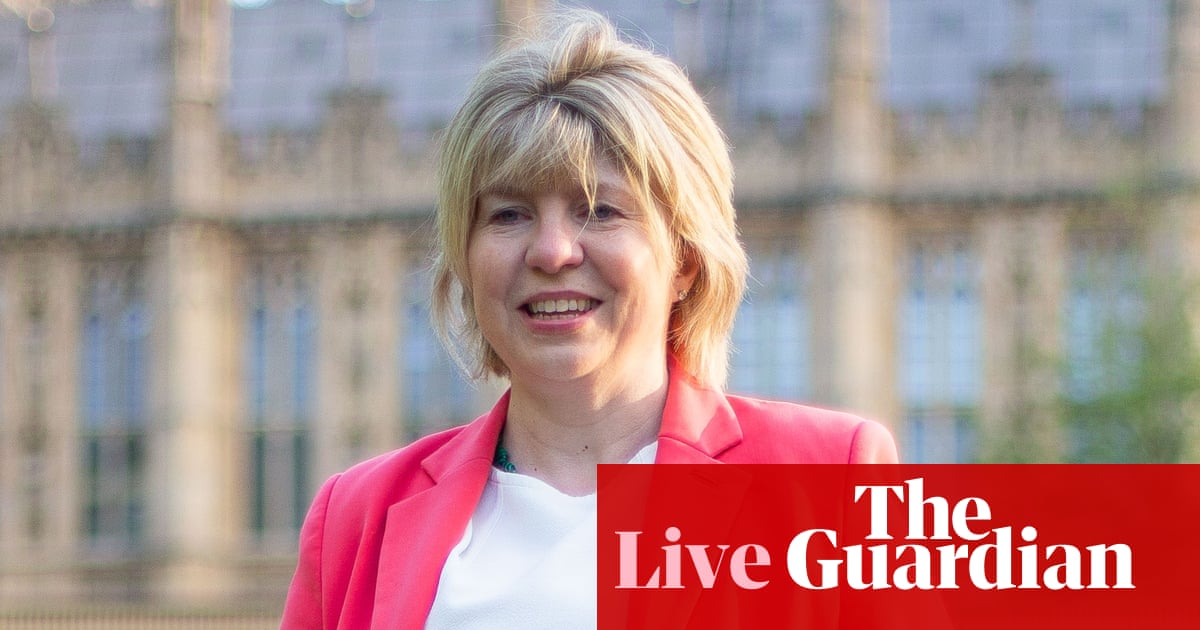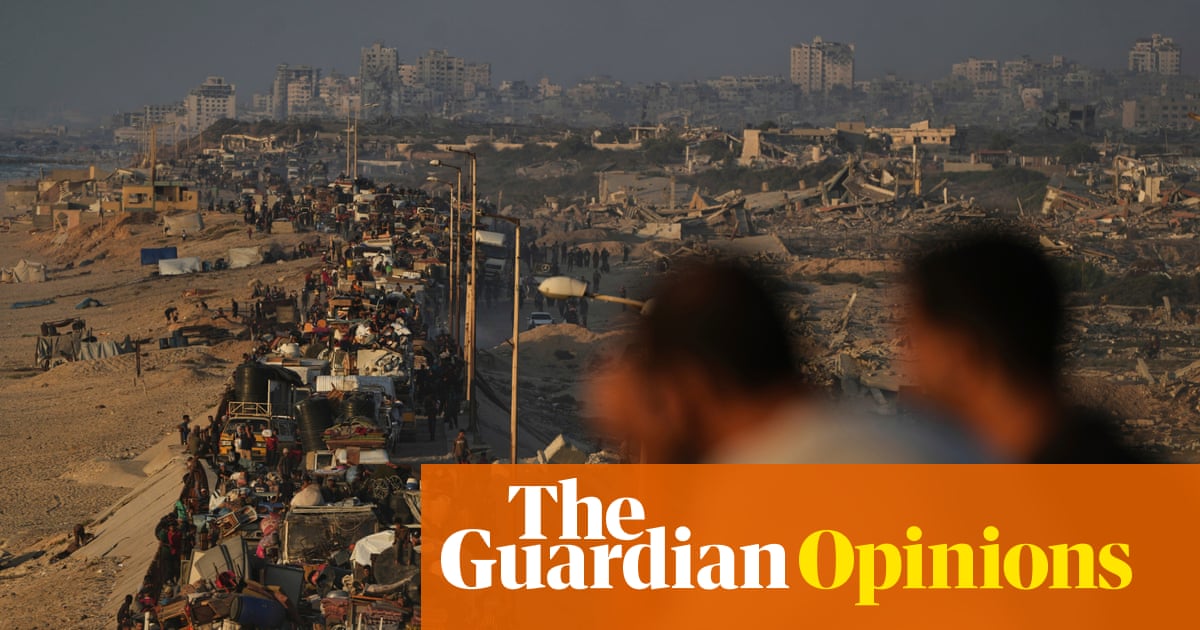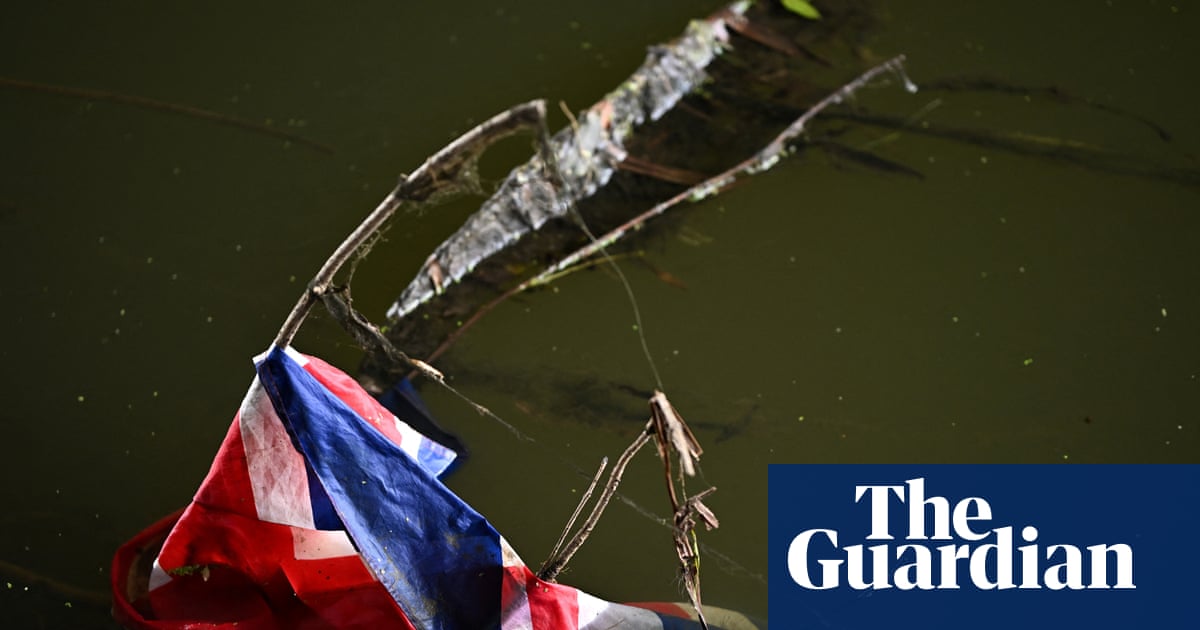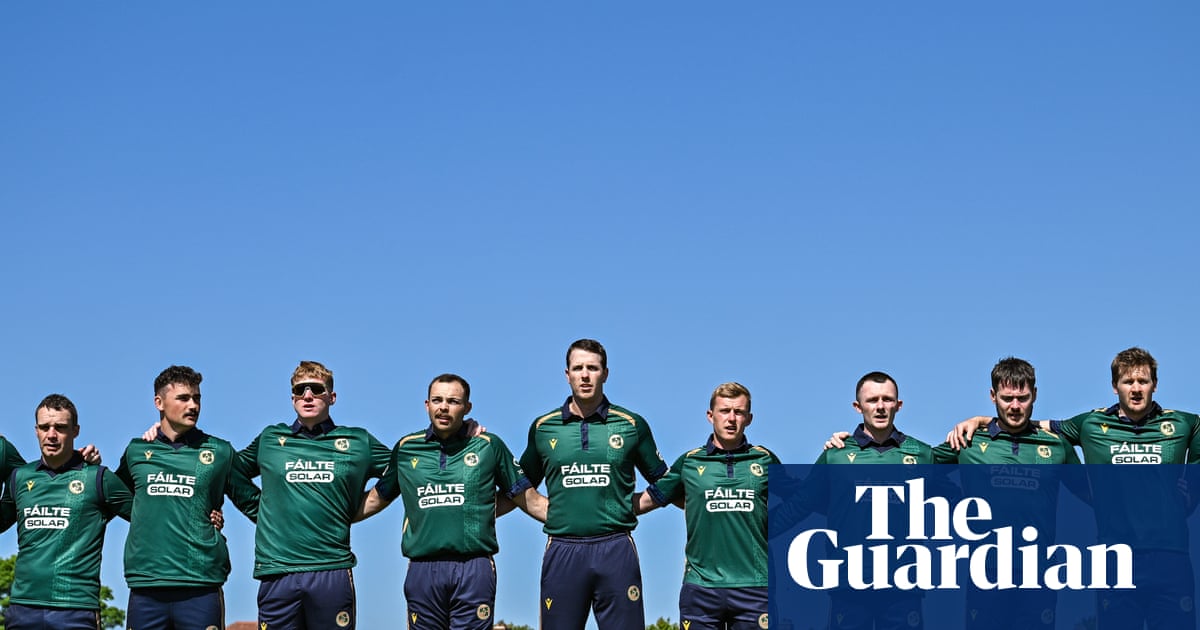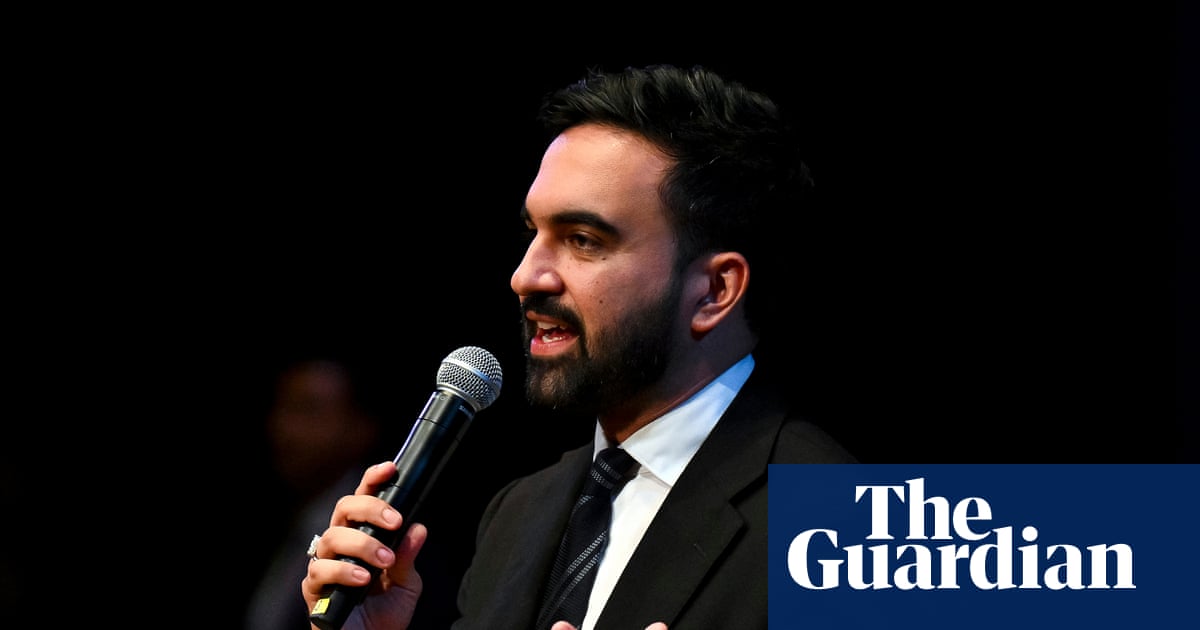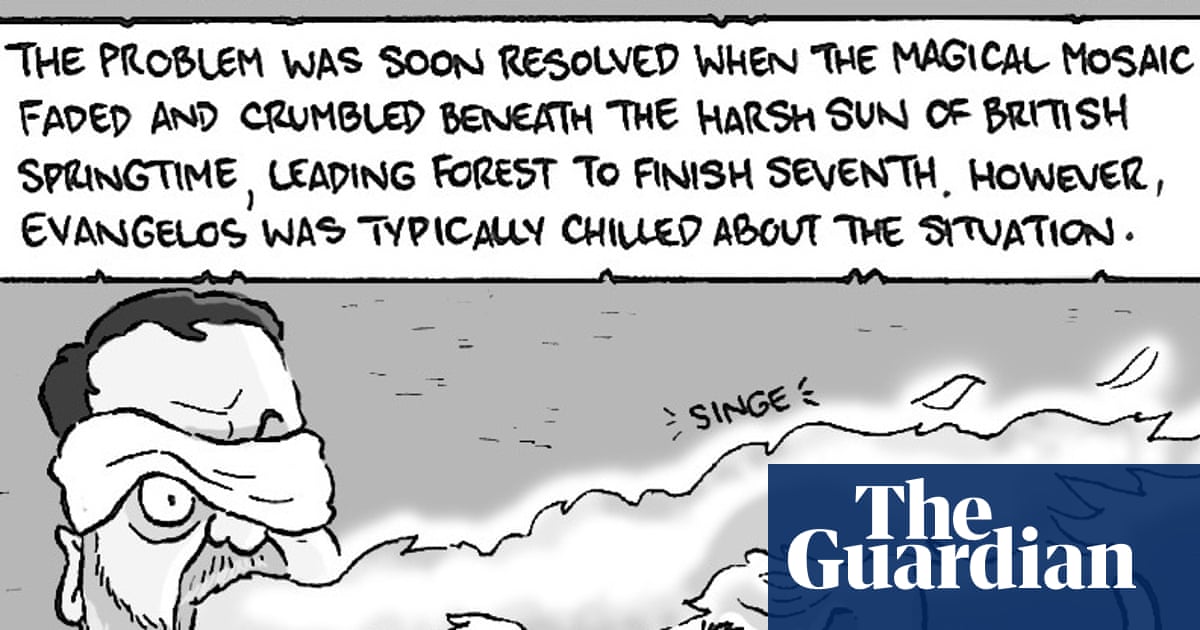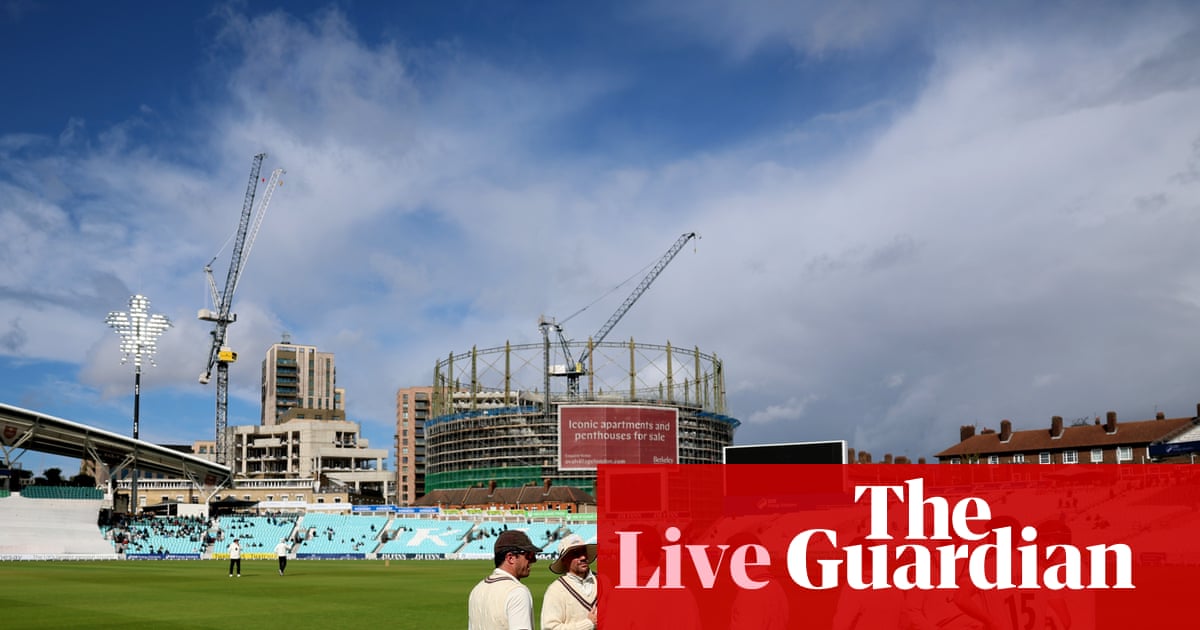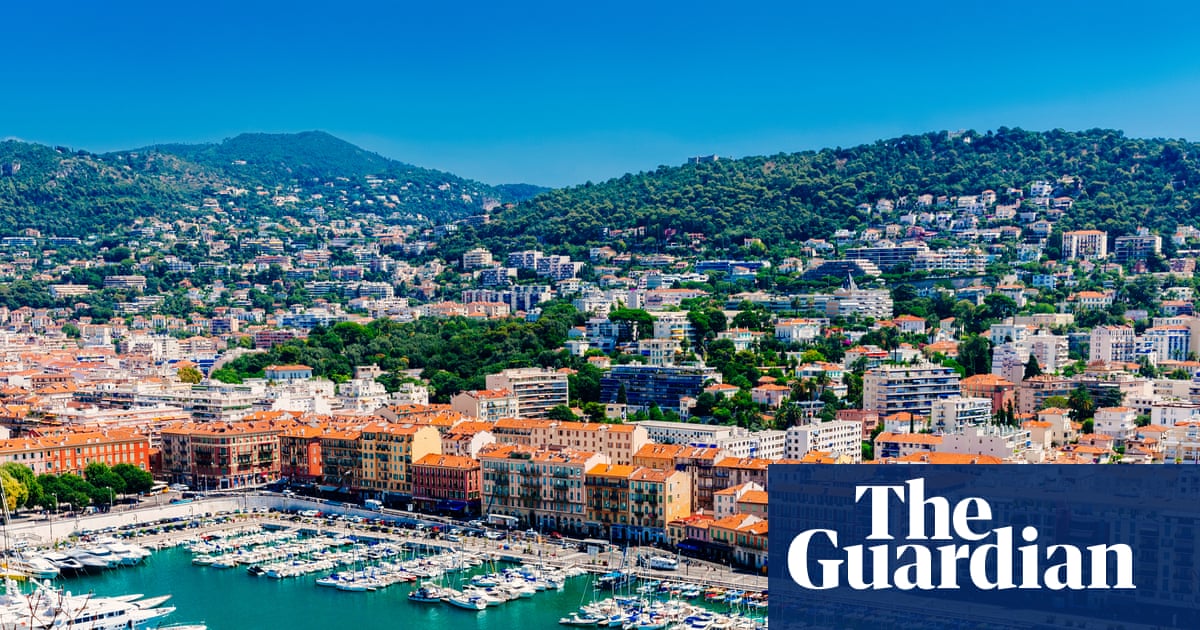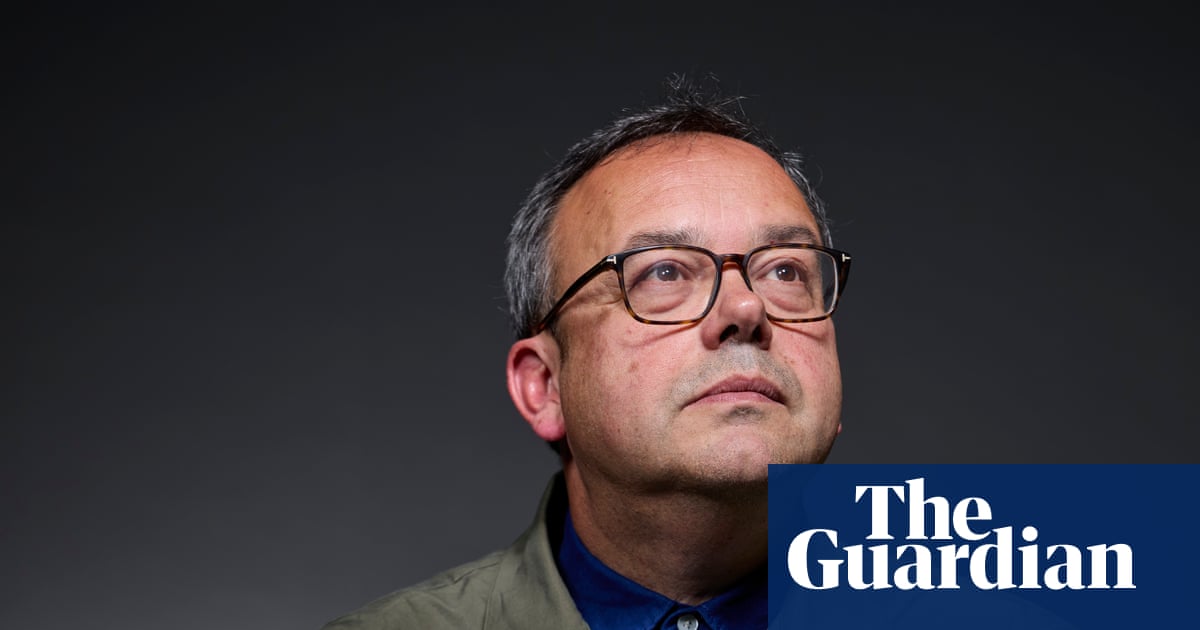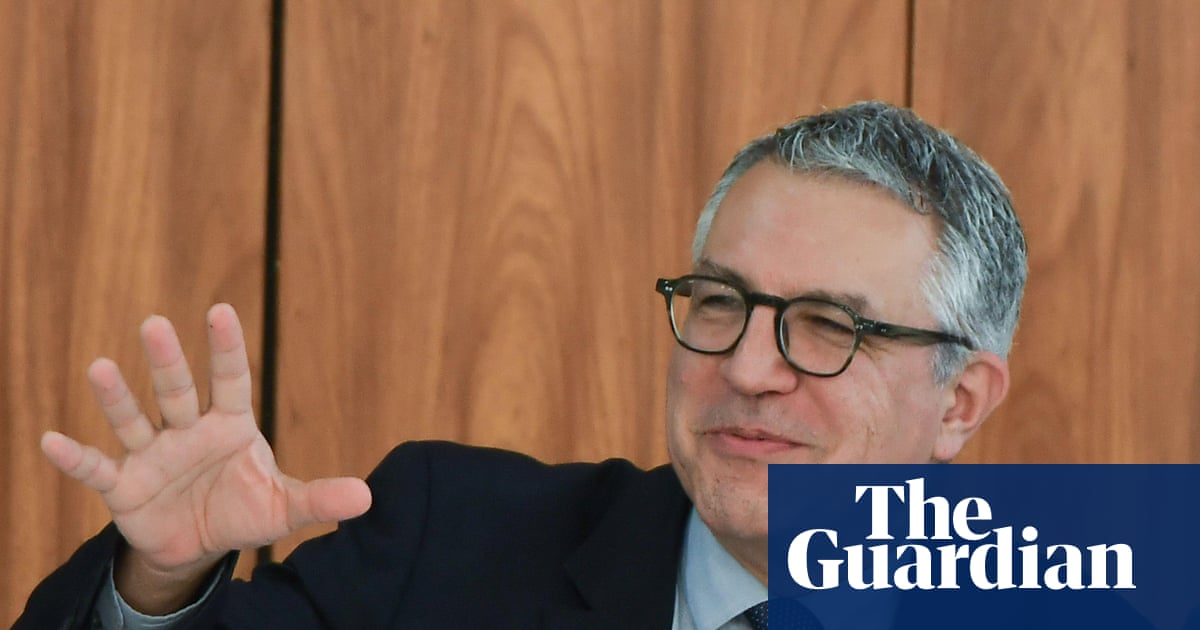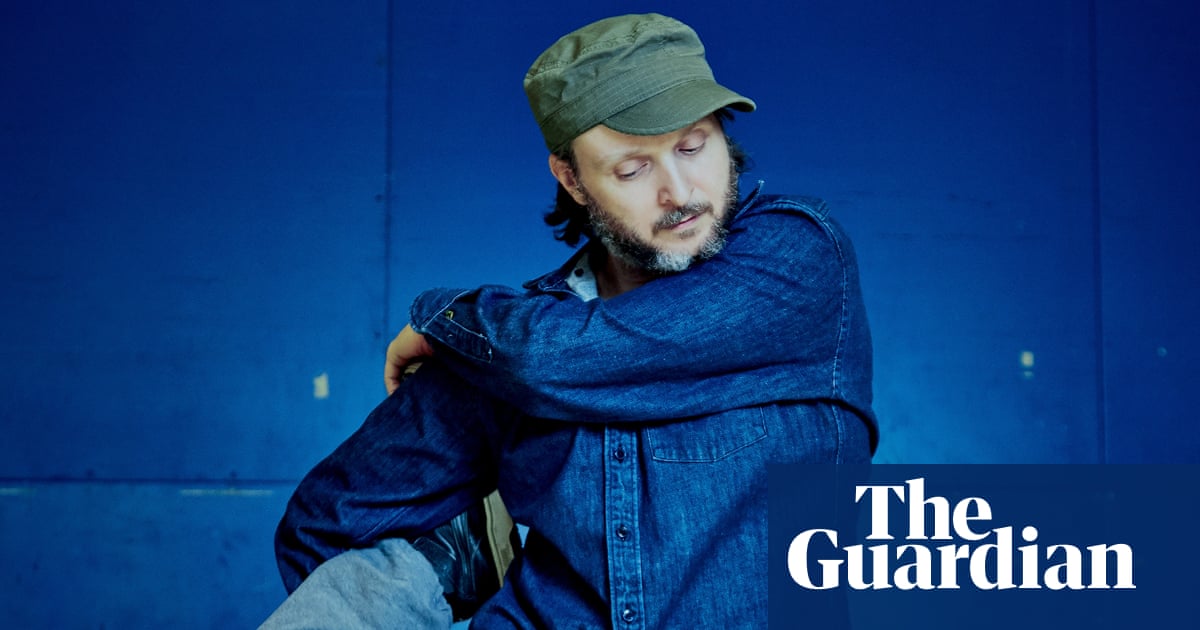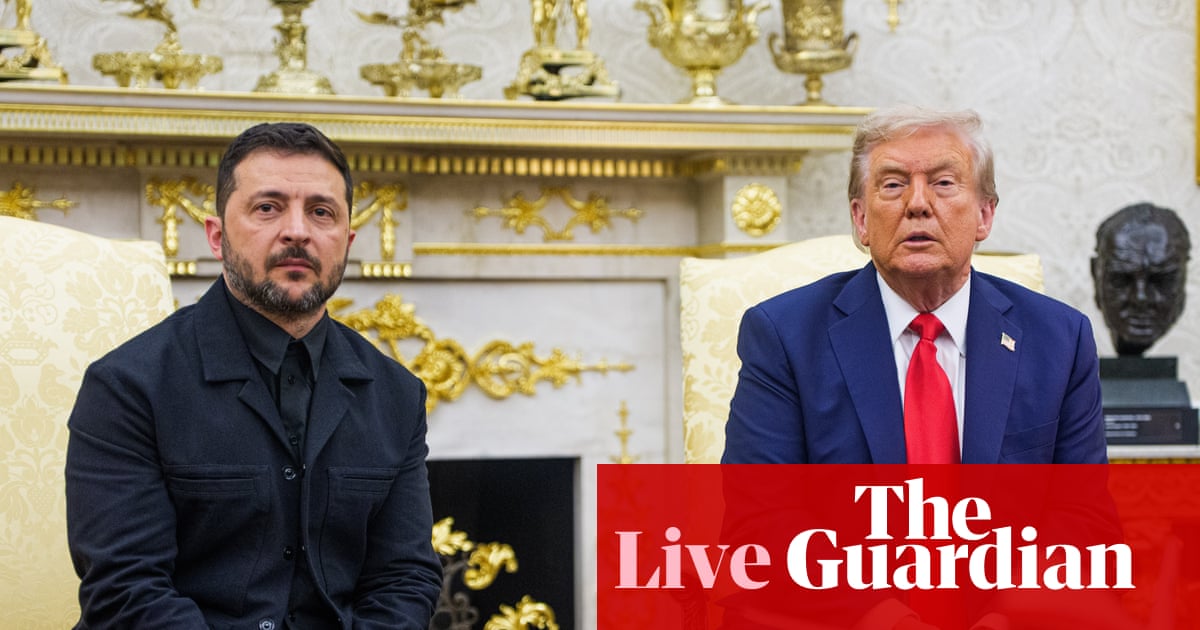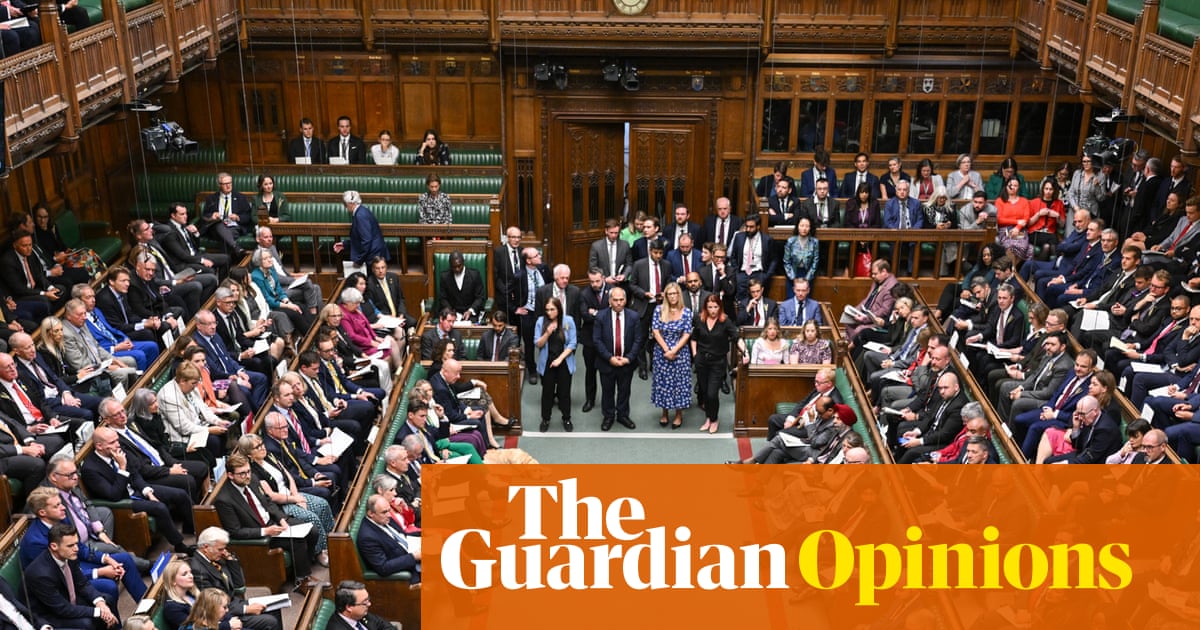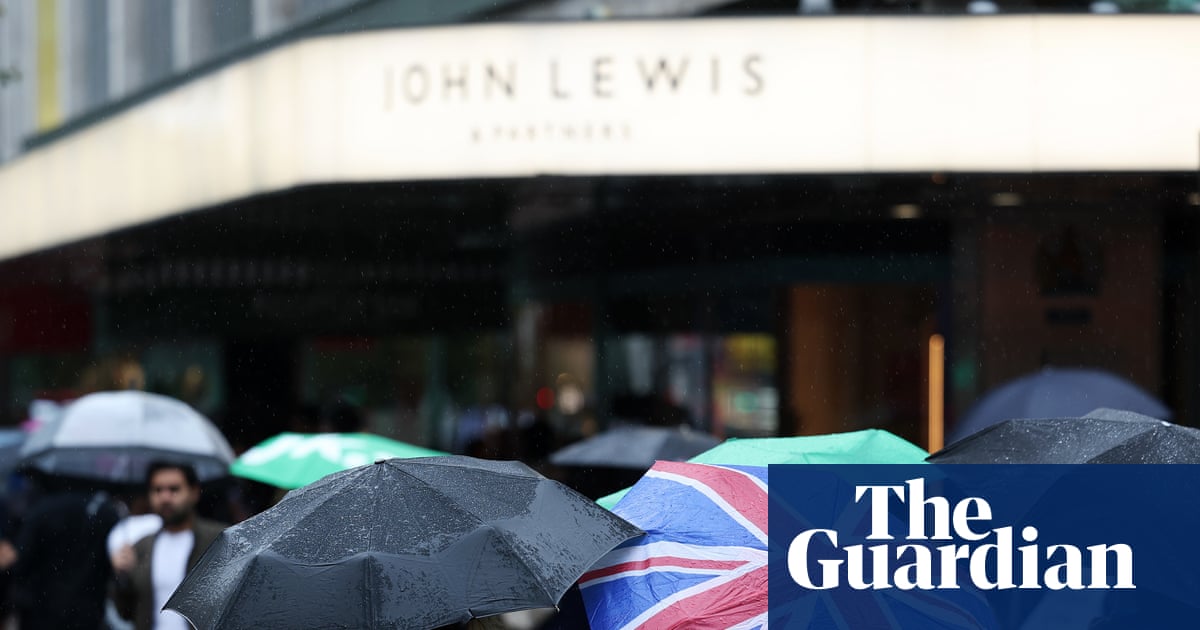Gen Keith Kellogg, Donald Trump’s somewhat estranged special envoy on Ukraine, is said by some US diplomats to like to joke that the president did indeed say he would solve the Ukraine crisis in 24 hours, he just never specified which 24 hours.
Dark humour may be all that is left to Europeans as they absorb not just Trump’s refusal to impose the promised “bone-crushing sanctions” over Russia’s rejection of a 30-day ceasefire but also the increasing signs that the administration will wash its hands of Ukraine and instead focus on forging a new economic partnership with Russia.
The mood among the European leaders who heard Trump’s description of his two-hour phone call with Vladimir Putin on Monday – a call that brought a ceasefire no closer – was said to range from despondent to apoplectic. Accounts vary of whether Trump told the European leaders that Putin did not want peace, or simply that Putin thought he was winning. Either way, no sanctions were imposed.
Yet, only 24 hours before, Alexander Stubb, the Finnish president and sometime Trump golf partner, had spoken optimistically of Trump losing patience with Putin’s prevarications and of the possibility that the US Senate would start the process this week of imposing sanctions drawn up by the president’s close ally Lindsey Graham that would penalise countries that buy Russian oil. The seven hours Stubb had spent in March on Trump’s golf team nursing a tournament victory seemed to have been to no avail.
Trump blamed big egos and said the conditions for a deal could only be agreed by the warring parties, “because they know details of a negotiation that nobody else would be aware of”. He said he still thought “something might happen, and if it doesn’t happen I’ll simply step aside and they’ll have to move on”. He continued: “Once again, this was a European matter and it should have remained a European matter.” The vice-president, JD Vance, simply said: “This is not our war.”
But days before, Kellogg had referred to a 20-point US peace plan starting with a ceasefire that had been shared with the Europeans, completely contradicting Trump’s claim that only the warring parties could have a view on Ukraine’s future.
The episode raises what is now the holy grail of modern diplomacy: how best to influence the US president’s thinking, whether it is over Ukraine, Gaza, Iran or China.
A former US diplomat close to the Ukraine talks urged Europeans to be patient with Trump. “He has gut instincts, those instincts are OK, they are not always wrong, he zigzags, and in the case of Ukraine he is most governed by the tactics he needs to get a ceasefire,” the former diplomat said.
“He is quite aware and not naive in this. He knows the only reason there is not a ceasefire is because Vladimir Putin wants to wage war. So he knows his target is to pull Putin in tactically. He is dangling rewards – the G8, resource deals, lifting sanctions, summit meetings.
“Putin does not want to do this. He has no interest in a ceasefire. He has an interest in eliminating Ukrainian national identity and taking it over. He is playing this out deliberately. He is playing games. He is moving the goalposts almost every day and trying to get everyone to follow him … Trump has continuously made excuses for him, but in the hope he can pull him in.”
The former diplomat said Trump had four basic objectives in Ukraine. “Trump genuinely wants a ceasefire and the killing to stop. He wants reciprocity so he will be able to tell the US taxpayer ‘you are not throwing your money away on Ukraine’. He wants to deter Putin from doing it again, but he wants Europe to take the lead in preventing him attacking again. I find that acceptable.
“The US and Ukraine are more in alignment on the ceasefire than they have been at any point since Trump took office. Trump has said on several occasions he will not throw Ukraine under the bus as an independent state.”
That judgment was confirmed by Marco Rubio, the US secretary of state, who told a Senate hearing this week: “Russia wants what they do not currently have and are not entitled to, and Ukraine wants what they cannot regain militarily. And that’s been the crux of the challenge.”
As to the possibility of Trump fulfilling his threat first made in March to hit Russia with punishing sanctions, the Europeans have few options but to wait. They have invested heavily in Graham, a South Carolina Republican senator and someone to whom Stubb talks most days. Graham spoke this week to the European Commission president, Ursula von der Leyen.
The former US diplomat said: “Congress cannot force Trump to do anything, but they can be in a position to say we can pass legislation on sanctions to strengthen Trump’s position. The Republicans on the Hill are not portraying this as an alternative to Trump but saying ‘this is how we support his strategy’.”
As such, the 80 senators who support Graham’s bill imposing tariffs on countries that buy Russian oil must also wait for Trump’s green light. Of course, that light may never turn green. Rubio told the Senate foreign relations committee: “If you start threatening sanctions, the Russians will stop talking.”
Moreover, Russian accounts of the two-hour call between Putin and Trump dwell on its warm personal nature and Trump’s praise for Russian sacrifice in the second world war. In return, Putin offered to pen a memorandum on a possible peace accord. No deadlines were agreed.
As a result, Europe’s nightmare – Trump walking away from Ukraine – draws nearer. But there are many ways to walk away. Would he turn off the intelligence, unilaterally lift sanctions on Russia and block even lend-lease agreements that would allow Ukraine to buy US weaponry? In the slow transition to Europe taking the lead in supporting Ukraine, Trump can cooperate or be disruptive. “It can be a managed process or chaotic and fractious,” said Jack Watling, of the defence thinktank Rusi.
The new US ambassador to Nato, Matthew Whitaker, told the Lennart Meri conference in Tallinn – an annual gathering of diplomats and security experts – that after the Nato summit in June the US would lay out plans for troop withdrawal from Europe. Although Whitaker told his audience the withdrawals would be done in an orderly way, not everyone was reassured. Bruno Tertrais, an associate expert at the Institut Montaigne, said: “The words ‘Trump’ and ‘orderly’ in the same sentence do not inspire confidence.”
Some reduction in the 100,000 US troops in Europe is manageable for the continent, given the Biden administration surged roughly 20,000 troops after the Ukraine invasion, but the scale and method of the withdrawal matters.
And it is hard for the Nato summit to agree a new set of capability targets if the scale of US withdrawals will not be known until the autumn. “Nato decisions on capabilities will be made without knowing the future US force posture in Europe,” said Torrey Taussig, of the Atlantic Council. “These decisions about capability targets for meeting Europe’s own defences and a ceasefire force in Ukraine are near-term decisions, yet we do not know what America’s contribution to Europe will look like.”
The sense of frustration is deepened because the European Nato members feel they have agreed a fiscally demanding package on defence spending in time for the Nato summit that addresses all Trump’s complaints about freeloading. Nato states will adopt a new target over the next five to seven years of reaching 3.5% of GDP spent on hard defence and 1.5% on cybersecurity and defence-related infrastructure investment such as roads and bridges to improve troop mobility. (The aim is for the hard defence component to rise annually by 0.2%.)
That might be enough to get Europe over the hump of the Nato summit without Trump exploding but it does not deal with the more fundamental problem of Trump’s benign view of Russia. Stubb argues Europe has to understand Trump’s take on great-power politics and find a way to disabuse him. “What we fail to see in Europe is that the US and its foreign policy doctrine is based on global competition, not Ukraine and Russia. We have to get out of the mindset that the US is only focused on Ukraine. It is not.”
Stubb added: “Trump’s worldview is not far from what we saw in the 19th-century concert of powers – a big power era sometimes of competition and sometimes cooperation. We have to convince the US administration that free trade and common rules are better than transactional deals, and we show we are serious about defence in Europe and that we are security providers and not security consumers.”
If Trump’s vision is broadly one of 19th-century great-power spheres of influence, Stubb argues, then it is necessary to convince Trump that Russia is not a great power and is not worth jettisoning Ukraine and its allies for. “We need to explain that Russia is not any more a big power, economically. It is smaller than Italy, slightly larger than Spain [in terms of its economy],” he said. “Militarily it wanted to deny the independent sovereignty and territorial integrity of Ukraine three years ago. It has advanced less than one percentage point this year, and its interest rate is over 20% and its reserves are out. These are the kind of messages that you have to convey. It is not an easy game, but you just have to keep on engaging the American administration.”
The Polish foreign minister, Radosław Sikorski offers a variation: that the great power of the future is Europe, not Russia. He argues Putin has “woken a giant” in the continent. “He has yet no idea how costly this is going to be. Since President Trump came to power we have already doubled our defence spending,” he said.
Sikorski predicts that by the end of the decade, when Nato countries meet the new spending targets, Europe will dwarf Russia. “We are a $19tn economy. Russia will be a trillion-dollar economy. As Europe, without the US, we are spending two and half times more than Russia on a peace footing than Russia is spending on a war footing. All it takes is to spend the money better, on the basis of learning the lessons from Ukraine and then having the will to gel this into a fighting force. We should be grateful to the US for telling it like it is.”
But that is five years hence, and the immediate issue is whether Europe and Ukraine, with the US on the sidelines, have the means to make Putin reassess the price of victory.
Watling, the defence analyst, argued that Ukraine risks leaving gaps on an extended frontline this summer, but if it can survive then Russia will have exhausted its stocks and be reliant on new production, making its war machine more vulnerable to international supply chains. He said Ukraine’s problem was not manpower but training and ammunition.
Either way, iron has entered the soul of European leaders. They fear Trump is unpersuadable and set on a different course, leaving Europe as the protector of Ukraine.
Kaja Kallas, Europe’s foreign policy chief, said she had been through the five stages of grief over the transatlantic relationship and reached acceptance, but even so she cannot hide the loss.
“The issue of trust is like a vase,” she said. “You broke the vase, you can glue it back together, but it is not the same vase.”

 3 months ago
110
3 months ago
110
